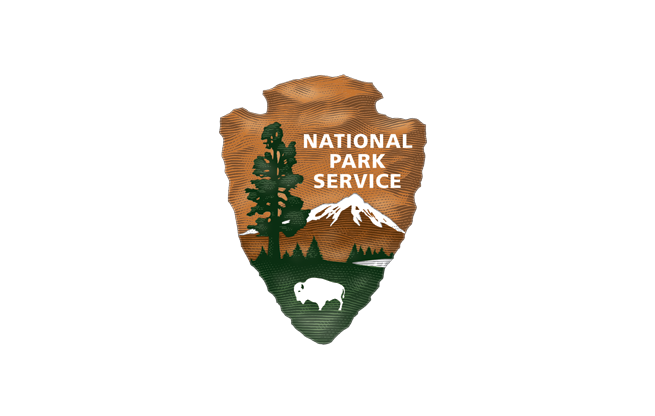Do you know about The National Park of American Samoa? It is not only the most remote national park in the National Park Service system, it’s also located below the equator. What a biodiversity and cultural gem it is!
Rainforest to Reef
This park spans three islands—Tutuila, Taʻū, and Ofu—and protects tropical rainforest as well as some of the most beautiful coral reef you will ever see or experience (if you go, which you should). A kaleidoscope of fluttery, brightly-colored reef fish dances beneath the sea surface. The stunning, extensive reef has over 900 species of fish, and is also famous for its giant clams. Both the endangered hawksbill and the threatened green sea turtle nest on the park’s beaches and forage in its lagoons—hawksbills prefer sea sponges, and green sea turtles prefer algae.
Two different species of flying foxes, also called fruit bats, might soar gracefully overhead if you’re lucky, on their way to the forest to munch on fruit. Called Peʻālofa & Peʻāvao in Samoan, these large fruit bats are the park’s signature species. As the bats move through the forest they, er, distribute the fruit seeds, which makes them a highly valued forest-building critter. Around the HPPA offices we call them “sky puppies.”
Are you a birder? There are seabirds galore here: The towering cliffs of the islands are a seabird sanctuary alive with tropicbirds, noddies, frigatebirds, and boobies. The constant swirl of wings overhead is a reminder that this is truly a wild place. Also, if you are birding in the forest, look for the aptly-named enormous coconut crabs in the trees!
Hike in the deep green of tropical rainforest or take peaceful beach walks on white sands at the base of soaring cliffs. Enjoy coast views and steep panoramic vistas. Whether you need solitude, enjoy birding and wildlife sightings, or are interested in history and culture, there are 13 hikes on these three islands, ranging, on the park scale, from easy to challenging.
A Warm Cultural Welcome
This American national park is unusual in that it is integrated with the local Samoan people and interwoven with village life, where faʻa Samoa—the Samoan way—is alive and well. The people of American Samoa are deeply rooted in Polynesian heritage, tracing their lineage back over 3,000 years. Nearly all of the island inhabitants are indigenous Samoans, making this archipelago one of the most tradition-oriented places in the Pacific.
There are a few small hotels in the area, and many park visitors stay in local homes (“homestays”) when those are available, immersing themselves in the lifestyle of the South Pacific and the culture of Samoa. Visitors are welcomed with warmth and respect, and it’s important to return that courtesy: dress modestly, ask permission before photographing anyone or crossing village lands, and embrace the slower pace of island life.
For Samoans, the land is a part of their identity. Land in Samoa is communally owned by the ʻaiga (pronounced ah-ee-nga, it is the extended family), and this connection to the land has been preserved through centuries of tradition. The ‘aiga is the core social unit of Samoan society. It is much broader than the Western idea of a nuclear family, often including grandparents, cousins, uncles, aunts, and even more distant kin.
The land cannot be sold or transferred outside the family, reinforcing the belief that the land is to be cared for and passed down to future generations. The National Park of American Samoa is unusual, as it is on leased land.
A Shared Mission
At Hawaiʻi Pacific Parks Association, we’re proud to support this extraordinary national park along with six others across the Pacific Ocean. Every purchase you make from our park stores—whether it’s a book, shirt, or a new favorite park mug—helps fund education and outreach, ecology research, and cultural programs and helps to steward those irreplaceable lands for future generations.
*
Shop the park to support.
Learn about the National Park of American Samoa.
To Contact the National Park Visitor Center About Homestays or Programs
- Phone: (684) 633-7082 ext. 22
- Email:
This email address is being protected from spambots. You need JavaScript enabled to view it.



